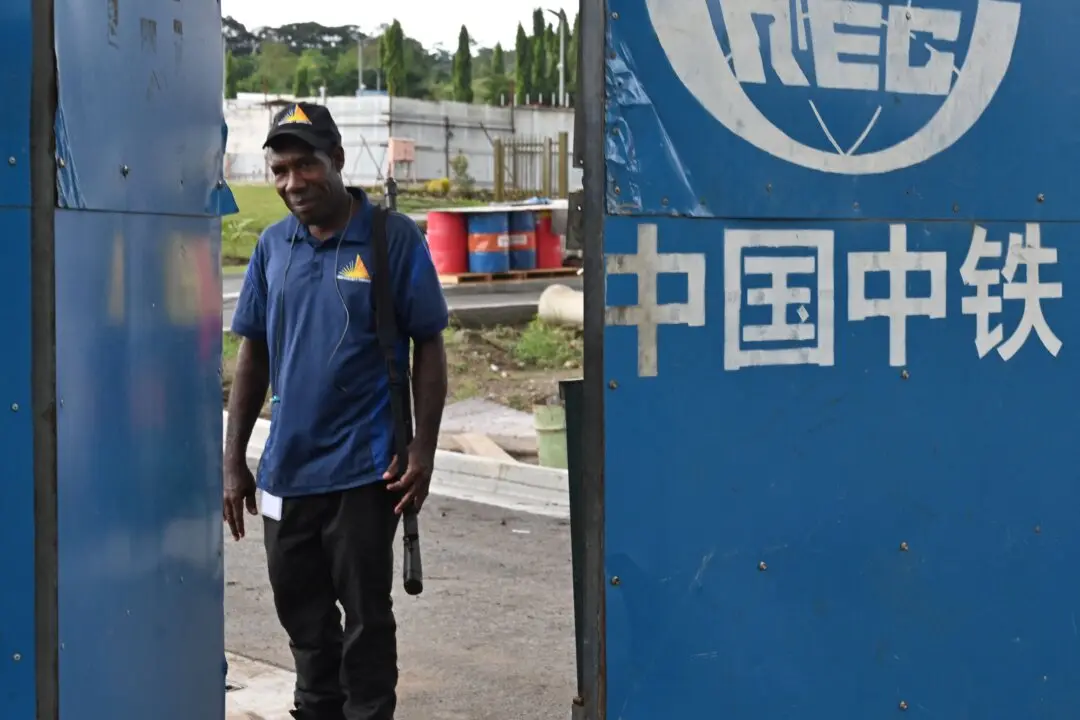Independent energy retailer, ReAmped Energy in Brisbane, has taken the extraordinary step of suggesting its customers shop around for better deals warning they could be paying twice as much on their next power bill.
CEO Luke Blincoe said the energy market was “incredibly volatile” and that his company could not guarantee competitive prices in the short term.





